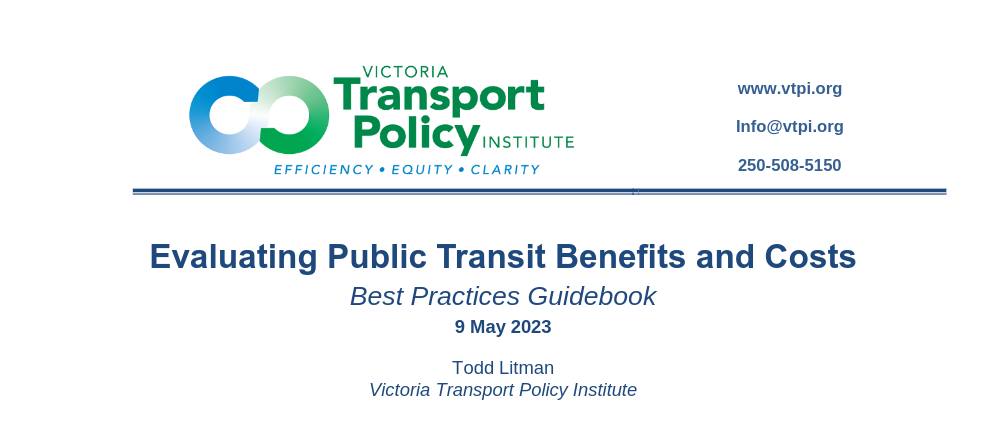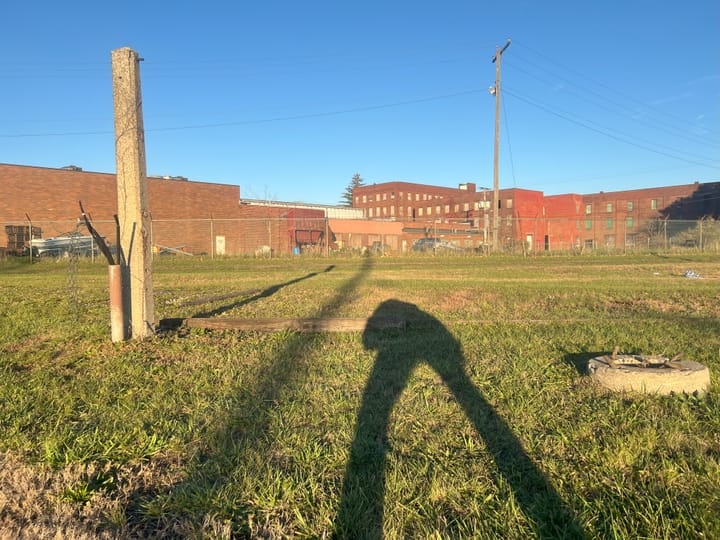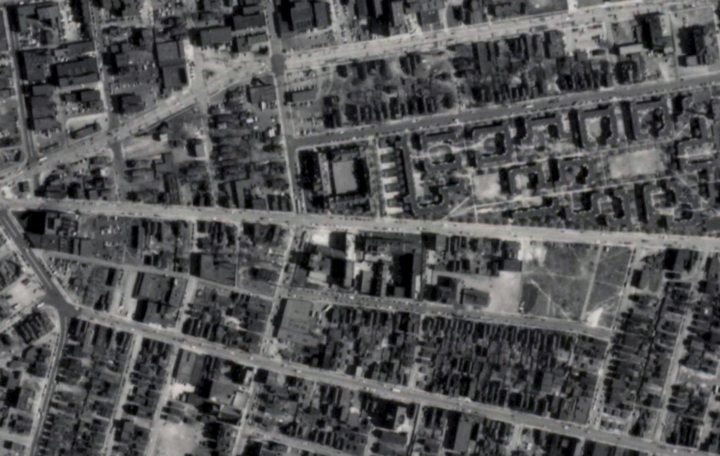If you Build It... (Public Transit)
We can agree that the bus is a tool that fills the role of "Frequent Stop People Mover".

There are a few research projects that reflect the factors with the largest impact on public transit use are:
Multiple regression analysis by Alam, Nixon and Zhang
(2015) indicates that bus travel demand is transit supply, fares, average headways, service coverage and intensity, revenue hours, safety and gas prices.
We can agree that the bus is a tool that fills the role of "Frequent Stop People Mover". We are able to anticipate that the above would hold true for any tool filling that role. So we must ask ourselves; what is the best way to service our neighborhoods? There is a critical mass of density and population that justifies buses. If the frequency and headways are the top concerns, then we need to address them. Dedicated right of ways have been the solution to headway concerns for decades. Frequency means a larger impact on infrastructure budgets and more road damage. Unless we could slide people to and fro on a hard metal pole. Enough of that: put the streetcars back.
This could be done via a private public partnership if the political capital for a fully public option is unavailable. It is time to accept the need for an organizational effort to sell it to business leaders as an investment. The CDCs could be doing this but they are too busy doing what they do.
Fairs impact ridership, and that is why we need to eliminate point of entry fees. These can be fully funded by our developers and businesses. They are inclined to support a group that organizes and executes this project. It is a very good marketing talking point showing support for your local infrastructure. It can give you all the tingly that nationalism gives you but in something much more tangible (your city vs. a nation). Get your fill on America by encouraging local businesses to support the local public transit and how it can best serve the citizens.


Comments ()